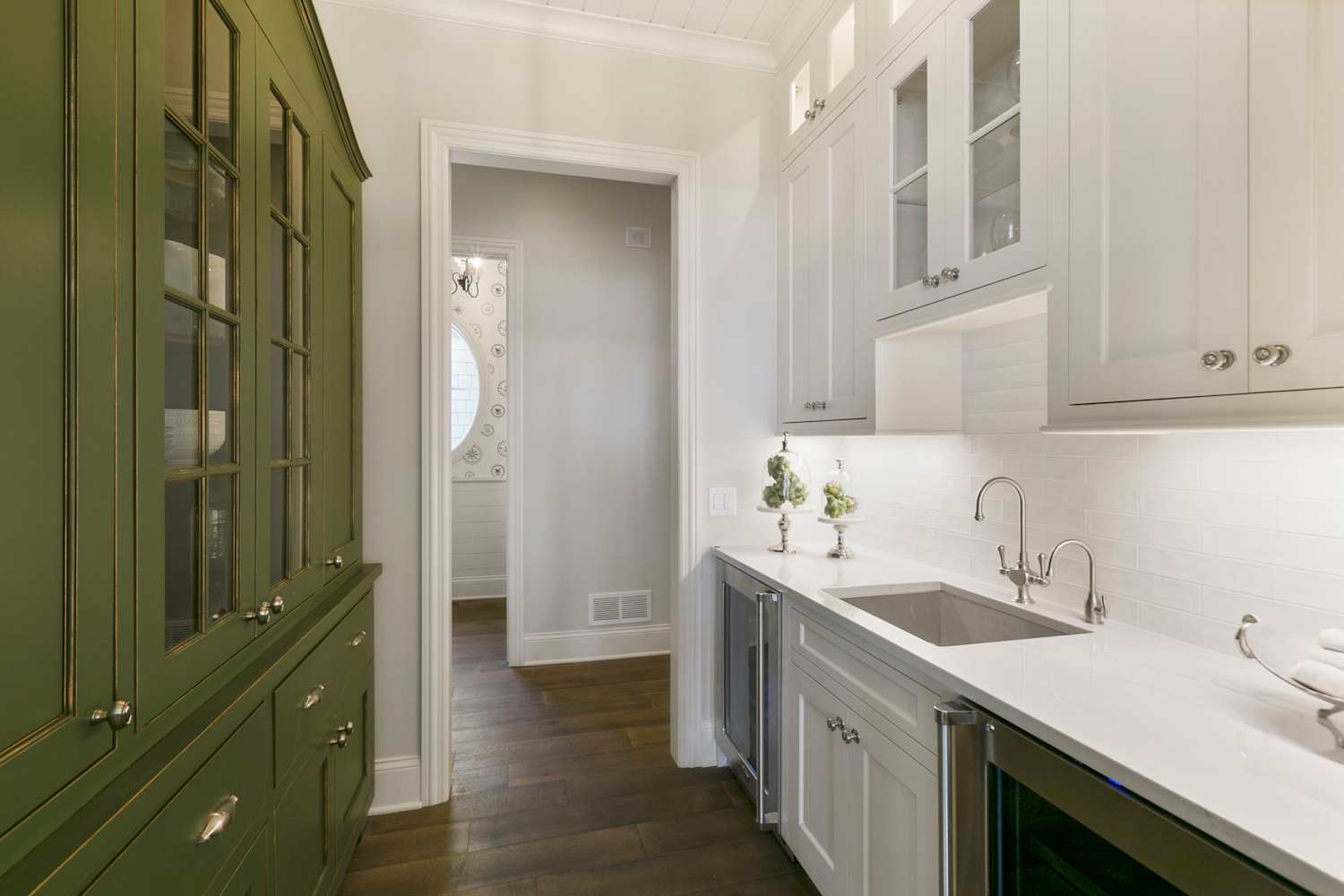
"The butler's pantry, a transitional space between the kitchen and the dining room, was designed to keep food preparation out of sight and the noise away from formal dining areas."
"While a butler's pantry served many functions, its main objective was to maintain outstanding service among kitchen staff discreetly, ensuring everything ran smoothly and out of view."
"Butlers kept valuables like china and silverware secured in pantry drawers under lock and key to prevent theft, and logged wine vintages for serving."
"The golden age of butler's pantries occurred during the turn of the 20th century in America and the Victorian Era in England, highlighting social status."
Originally designed for wealthy households, butler's pantries are re-emerging in modern homes. These transitional spaces serve to conceal the mess of food preparation and offer storage for kitchen items. Their main function was to ensure discreet and efficient service among staff while hosting. Valuables were kept secure from theft, and wine selections were carefully recorded for service. Additionally, some pantries included sleeping quarters for butlers, enhancing their utility. The peak popularity of butler's pantries occurred during the 20th century in America and the Victorian Era in England, emphasizing social status.
Read at Apartment Therapy
Unable to calculate read time
Collection
[
|
...
]